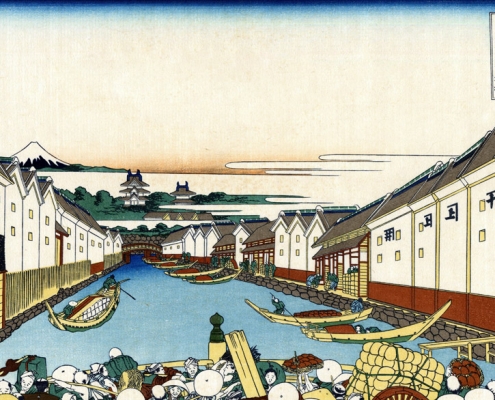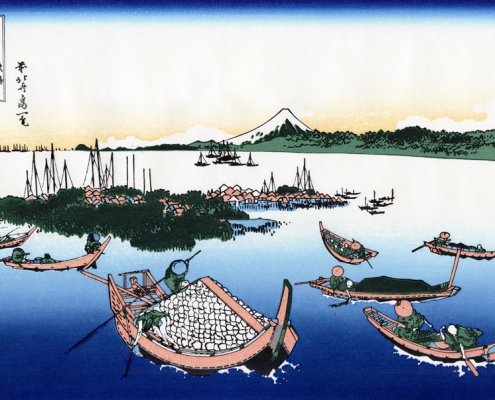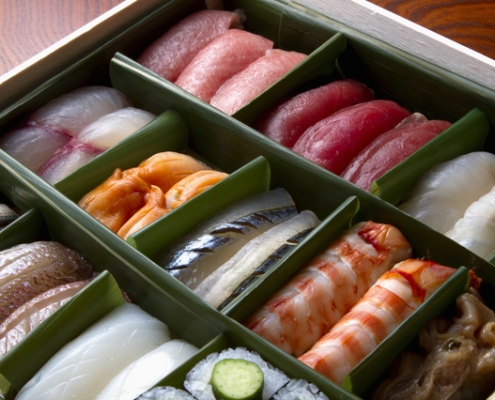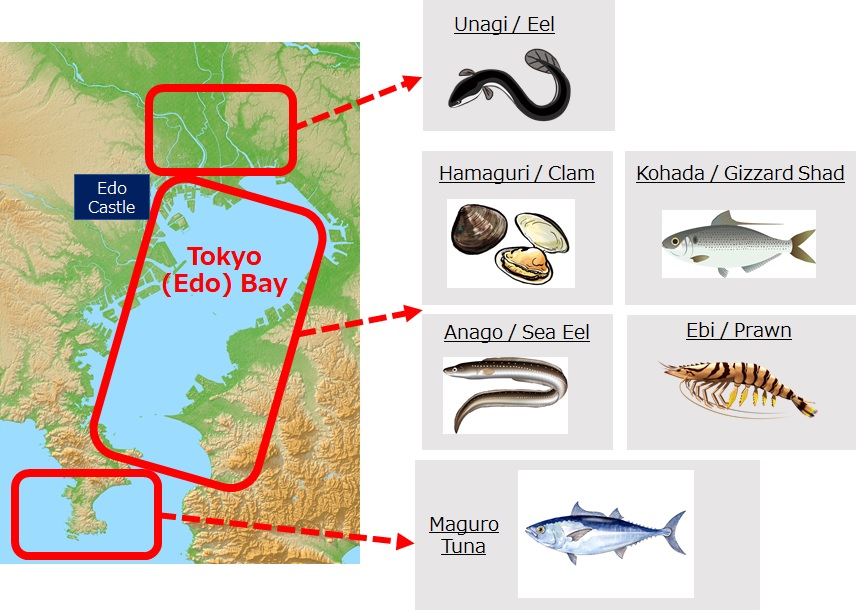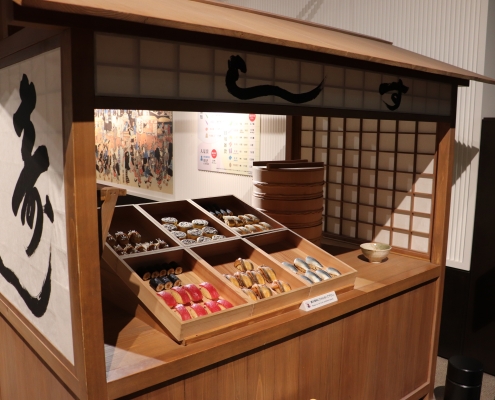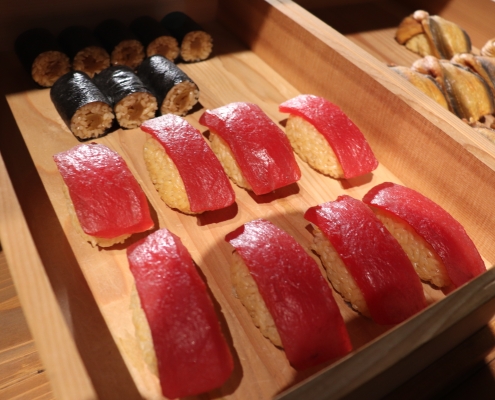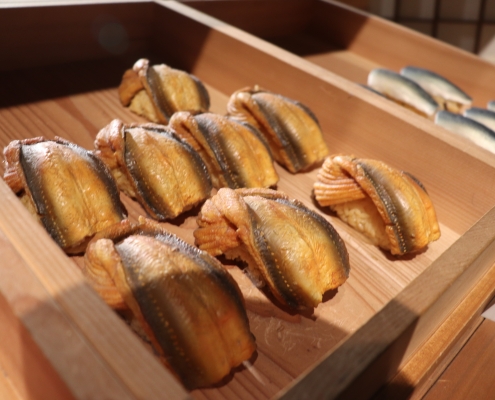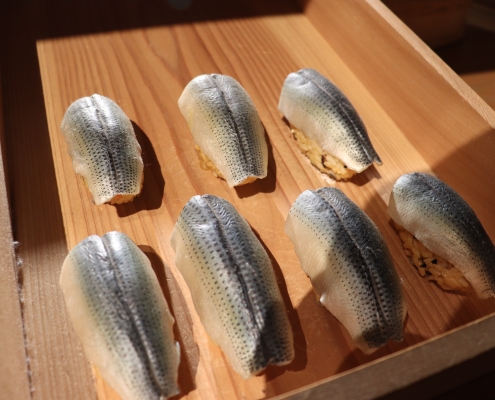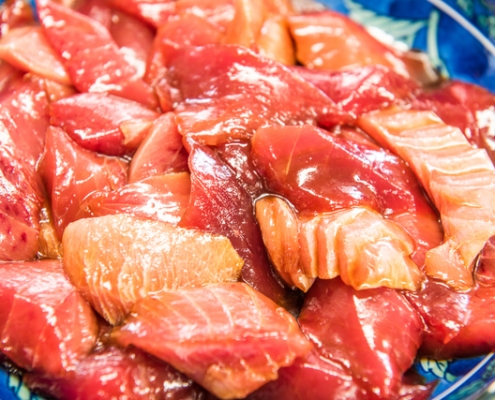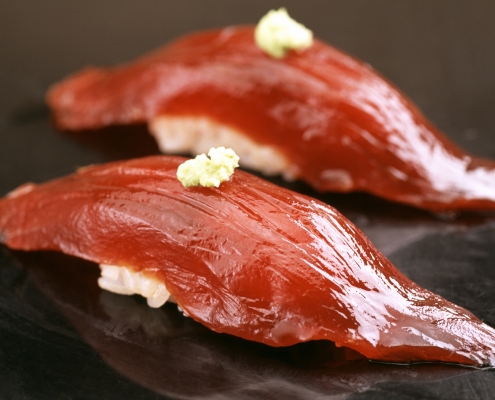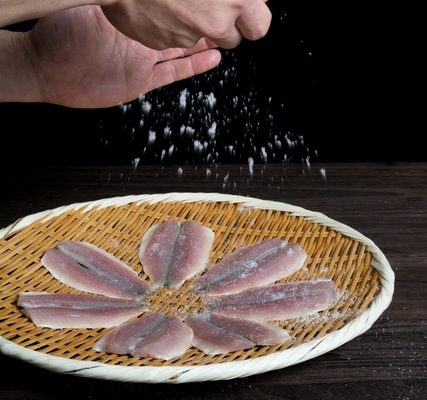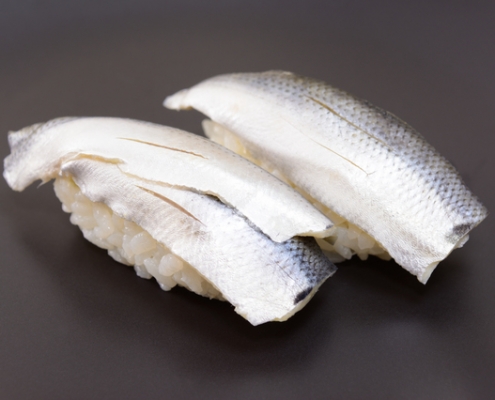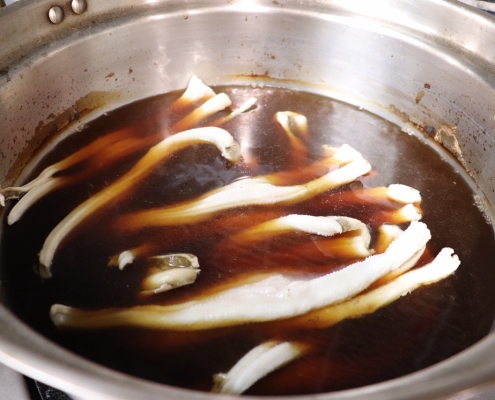What is edomae?
Outline
“Edomae” – it’s a keyword when talking about Tokyo’s food culture. In English, Edomae is often referred to as “Edomae style” or “Edo Style”. But there are a lot of people who don’t know what Edomae was originally, so let’s take a closer look. Tokyo reportedly has more than 5,000 sushi restaurants. Most of the high-end sushi restaurants that cost on average 10,000 yen or more per person are Edomae style, where master sushi chefs are proud to continue the tradition of Edomae sushi.
Here are some keywords to remember as you learn about food in Tokyo.
Edomae refers to the river and ocean that flowed in front of Edo Castle!
“Edo” is the old word for Tokyo, and the “Edo period” is the name of the time period that lasted from 1603 to 1868, around 260 years. This is the so-called samurai era when the House of Tokugawa ruled over Japan.
During this period, the current Imperial Palace was called Edo Castle and the area that could be seen from the top floor was called Edomae. Also, dishes using seafood caught from Edo Bay (Tokyo Bay) or the river, which could be seen from Edo Castle, came to be called Edomae cuisine.
Example of Edomae cuisine and ingredients
In Tokyo, broiled eel (unagi no kabayaki), sushi, tempura etc. were popular examples of Edomae cuisine in the 1800’s.
These dishes used eel, tiger prawns, gizzard shad (kohada), conger eel, clams, tuna etc. caught from the river and ocean that ran in front of Edo castle.
The photo below is a replica of an Edo period sushi stand at the Edo Tokyo Museum. Broiled eel, tempura and sushi were popular forms of fast food for the masses. It seems a piece of sushi at that time, depending on the store, cost around 100 to 200 yen, which is about the same price as present day conveyor belt sushi.
Edomae technique of preserving food
As there were no refrigerators or freezers in the 1800’s, chefs of that time needed to use their wisdom and ingenuity to find safe and delicious ways to eat fish. Eel was broiled in a sauce made from soy sauce and sugar, and seafood was battered and fried as tempura.
Sushi in particular evolved from a number of different methods, such as marinating seafood in vinegar or soy sauce, salting, simmering, boiling etc. Some people may think sushi is simply sliced fish on top of vinegared rice, but the safe and delicious sushi that can be eaten in Tokyo today is a result of much trial and error on the part of chefs from the Edo period.
Past and Present day Edomae
In the past, Edomae sushi may have developed as a way to preserve food, but as refrigeration technology and distribution methods developed, fresh seafood started to come from all over the world to Toyosu Market and there is no longer any need to think of ingenious ways to eat fish safely. At the same time, Edomae cuisine has been reevaluated during the last 10 to 20 years and there is growing momentum to re-examine the techniques of the forefathers of Edomae, such as looking into how they devised ways to bring out the flavor of seafood.
Like Sushi Sho in Honolulu, that uses the techniques of Edomae and a little ingenuity on local Hawaiian fish, there is an increasing number of chefs attempting to apply the art of Tokyo’s Edomae to local fish from around the world.

